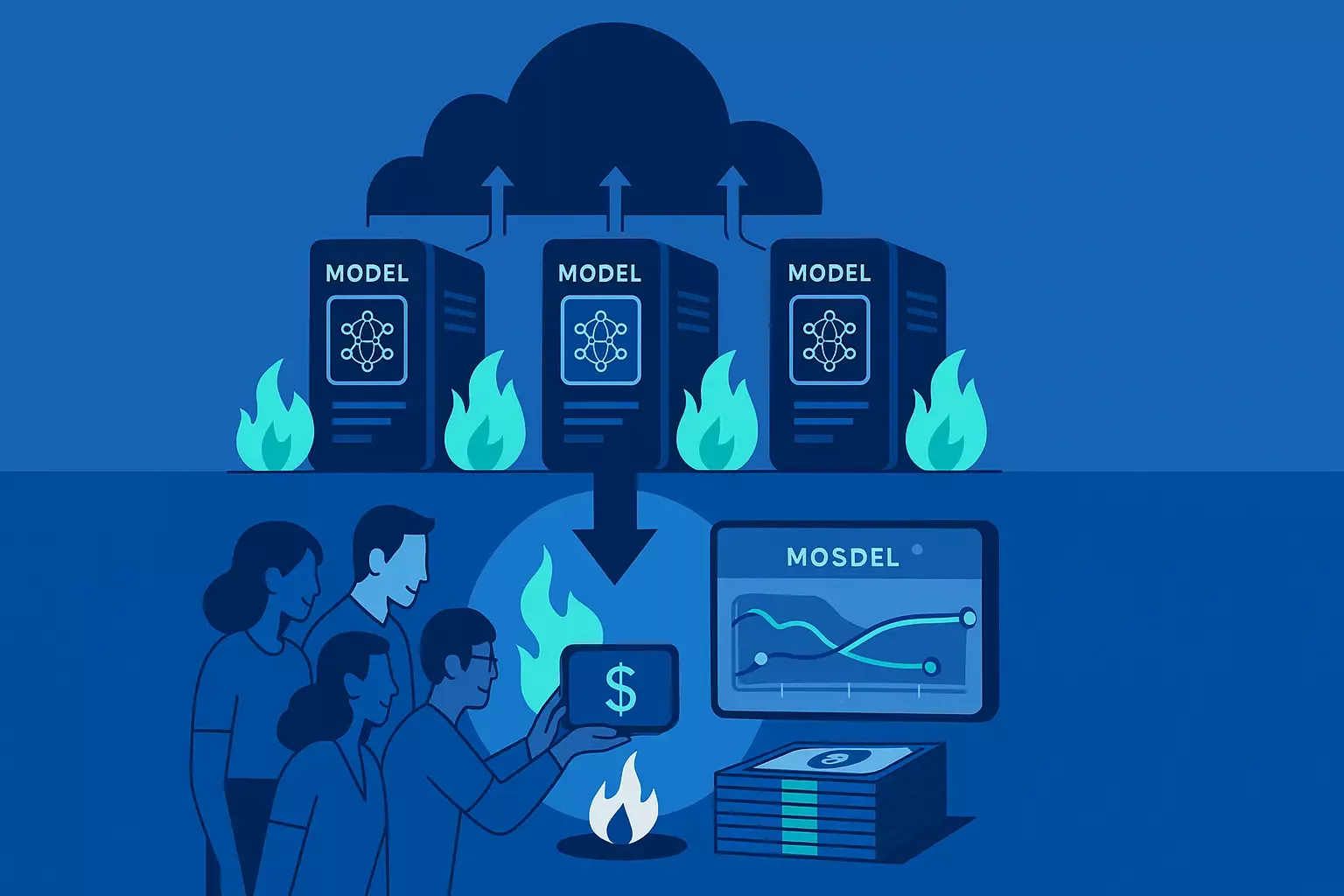
Did you know…
Meta’s AI infra group treats large-language model (LLM) serving like a distributed operating system. In a recent InfoQ talk, Ye (Charlotte) Qi unpacked the four make-or-break challenges that arise the moment an LLM leaves research and enters production: fitting enormous models into limited GPU memory, speeding up token-by-token decoding, managing real-world production complexity (latency spikes, continuous evaluation, guard-railing), and scaling economically by mixing hardware generations and implementing aggressive auto-scaling.
My takeaway? Serving, not training, is now GenAI’s cost and innovation bottleneck.
Ok, So What?
The cost of serving often overshadows training expenses. Continuous RLHF, RAG pipelines, and chat traffic can generate billions of tokens daily, so infrastructure and developer experience dominate the P&L. User experience relies on infrastructure decisions. Sub-second latency requires KV-cache sharding, token-parallel decoding, and smarter batching; a slow bot is a liability for the brand, not an asset.
Cross-functional collaboration is essential. Meta integrates model scientists, GPU architects, and distributed-systems engineers so that new model techniques (e.g., grouped query attention) and infrastructure improvements evolve together. Silos hinder LLM products.
Now What?
Play #1: Cost-aware capacity planning
- Pilot heterogeneous GPU fleets (mix H100, A100, MI300) and auto-scale on traffic patterns rather than peak.
- Business win: 30–50 % OPEX savings without model downgrades.
Play #2: Latency-first product design
- Bake in KV-cache re-use, dynamic batching, or speculative decoding during architecture reviews—not after launch.
- Business win: Sub-second responses boost CSAT/NPS and repeat engagement.
Play #3: Build the “LLM-Ops” pod
- Seat model, infra, and product leads in one shared squad with a single latency/cost OKR.
- Business win: Faster iterations and fewer post-launch firefights.
Questions to think about
- How much of your GenAI budget is inference vs. training, and who owns that line item?
- Could a 100 ms latency improvement unlock a new class of real-time features or revenue streams?
- What’s your contingency plan if GPU pricing or availability swings 30 % next quarter?